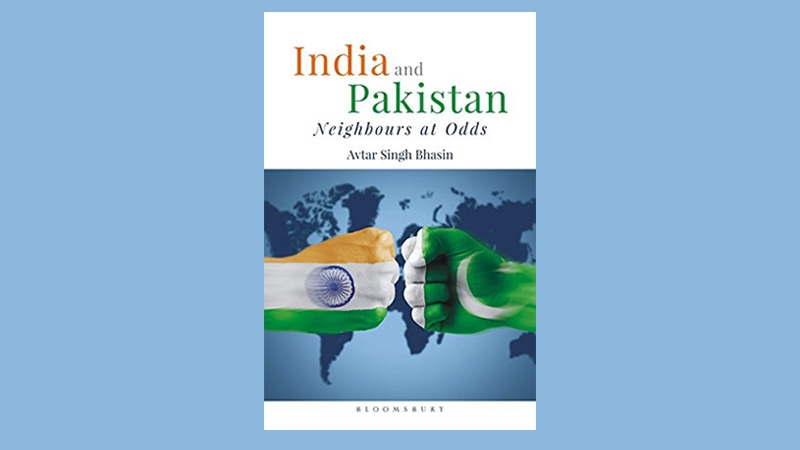
THIS is with reference to the letter ‘Is it time to do away with the Simla pact?’ (July 14). Nothing is as easy as it looks, says Murphy’s famed Second Law. Any attempt at oversimplification of the tricky Kashmir issue can only be harmful.
In contrast to the contents of the said letter, the Simla Accord, which affirms the disputed status of Jammu and Kashmir, works against India; and not Pakistan. But India hesitates to terminate the accord, lest it should uncannily get qualified as a rogue state under the various international conventions.
During a temporary absence of Pakistan’s representative at the United Nations, India tried to get the Pakistan-India question deleted from the UN Security Council agenda. India based its plea on an informal decision, dated July 30, 1996, about deleting dormant questions. The question was deleted, but was restored once Pakistan had its representation resumed.
India also wants to get rid of the United Nations Military Observer Group in India and Pakistan (UNMOGIP), which is mandated by the UNSC to monitor ceasefire violations along the Line of Control (LoC).
The Simla pact text has no clause about the conversion of the ceasefire line (CFL) into LoC, according to Avtar Singh Bhasin’s, India and Pakistan: Neighbours at Odds, or former ambassador Khalid Saleem’s article ‘Simla Agreement and beyond’ (Criterion Quarterly, Oct 31, 2013).
The confusion that the Simla Accord had secret clauses about converting the CFL into the LoC was created by P.N. Dhar, former secretary to Indira Gandhi, the late Indian prime minister. He wrote a newspaper article (Times of India; April 4, 1995), creating an unsubstantiated impression that there are secret clauses related to LoC.
Dhar’s assertions are untenable as they came after both Zulfikar Ali Bhutto and Indira Gandhi had passed away. However, Indira Gandhi had personally refuted claims in 1978 of the existence of a ‘secret understanding’ at Simla.
In the article, Dhar specifically said that there was no written understanding, but the agreement had been written in a manner that such an understanding would be seen between the lines.
In the words of Bhasin, there were three highlights of the Simla agreement as far as Pakistan was concerned: India accepted Kashmir to be a disputed territory and Pakistan a party to the dispute; that the UNSC resolutions had not been nullified; and that Kashmir remained the core issue between the two countries and there could not be permanent peace without a just solution based on the principle of self-determination for the people of Kashmir. “And Pakistan was right in its assessment. It lost the war, but won the peace. In the end, India was left askance at its own wisdom” (p.257-259).
Even if we plan to flog the proverbial dead horse, like the said letter did, we will do well to first have a comprehensive view of the matter; any matter.
Amjed Jaaved
Rawalpindi
Published in Dawn, August 4th, 2021













































Dear visitor, the comments section is undergoing an overhaul and will return soon.